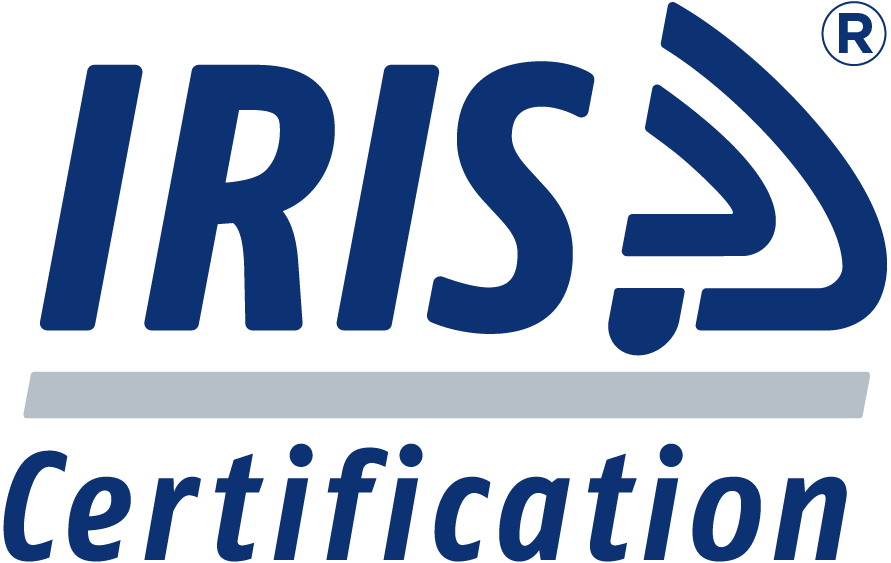Freedom of connections
With full freedom of connections, available in Libra PBX Server and Proxima IP PBX Server - freedom of technology, telephones or operating systems - can anything else be liberated? Yes!

.
Liberate zero!
You don't have to dial "0" before every external number. You can dial "9" or "7" or any other preferred number or digit used as an escape code. Or not to dial anything at all in order to access the external line - Libra or Proxima will connect you automatically with your collegue's extension number or with any external number.
How does it work?
The algorithm below shows the way Libra or Proxima servers dial numbers when no digit is defined as an escape code.
How to use it?
Example 1
By "liberating" zero, you can use the whole range of numbers. You can use it in a hotel or a boarding house if you want to have the phone numbers the same as the room numbers, for every floor, with up to several digits. As an escape code any digit not included in the numbering plan, e.g. "9," can be used. External numbers can be accessed also without dialling any digit (no escape code).
Thus the extensions' phone numbers could be the same as the room numbers: 001, 002, 003... (ground floor), 101, 102, 103... (first floor), 201, 202, 203 (second floor) etc.
Example 2
Uniformed services, the police and the military have their own department networks, but at the same time use the services of traditional operators. In this case, you may want to access a department network, e.g. by dialling "9," and traditional operators by dialling "0." For each "escape code," you can also define independent LCR systems.
Example 3
You want to use VoIP telephony to benefit from cheap calls. Nevertheless, apart of all its advantages, there are some inconveniences, such as lower quality of voice connections comparing to the traditional digital lines, or no full information about your calling line number, known by your clients.
If you want to make a call of highest quality and with full number identification (CLIP) - you can assign "8" for instance instead of traditional "0" to access traditional operator's digital (PRA, BRA) line. Doing so, when dialling "0" you make the cheapiest calls via VoIP network, and by dialling "8" - you access the digital lines, assuring the highest quality and full number identification.
Dial the way you want
Define freely the numbers that should be dialled to execute a given Libra or Proxima's function.
How to use it?
Example 1
The forwardings are often set by employees, so that their collegues can answer the phone if they are busy with other conversation (CFB - Call Forward Busy). Such forwarding by the default is executed by dialling *736 "TEL" (where TEL stands for the number the call should be forwarded to). It can be simplified by changing this number to *7 "TEL" or #7 "TEL," or *#7 "TEL," or even 7 "TEL," if this digit is not used anywhere else in the numbering plan.
Example 2
A company used other producer's PBX system, with different functions' dial numbers. The users got used to it and not everyone likes to learn handling of a new device. No need to do so - do not change habits! you can define exactly the same numbers as users were accustomed to use in the previous PBX. Whether it will be a "9" as an escape code, setting call forwardings or voicemail activation. Anyway, it's worth checking whether it can be done in an easier way.
And the most important - in Libra PBX Server or Proxima IP PBX Server you don't have to remember these numbers. Or duplicate the printed version of functions list - be eco! All users can have access via web browser to their settings in the User Zone - activated services, forwardings, loggings, voicemail status and a handy help with the current list of functions dial numbers. The most frequently used functions can also be saved under the proprietary console's key or in the Platan CTI app.
Save wherever you can
The least cost routing (LCR function) can be defined differently with the use of different escape codes. You can define over two thousand domestic and foreign prefixes, freely divided within four LCR tables.
How to use it?
Example 1
You decide to rent a part of your office space to another company, giving them the opportunity to select their own telecom operator. One Libra PBX Server or smaller Proxima IP PBX Server can serve even several companies. Each of the company can have their own least cost routing, depending on the telecom operator they have.
Example 2
You are intent on the lowest cost of calls, so you often talk using the IP network (VoIP calls). But from 10 am to 1 pm you organise webinars over the Internet and you would like to have the highest possible bandwidth available during this time. Set separate operation mode for these hours and direct the telephone traffic to the traditional operators' lines - thus you will assure both the good quality of the webinar streaming and full communication for the rest of the company.
Example 3
You run a company operating out of traditional working hours - you contact with your foreign branch office frequently or with your foreign contractors, working in another time zone. Now you can profit of several telecom operators' offers, directing the telephone traffic according to the time of the day and operation mode. Call during the day using the lines of the operator offering the most attractive domestic peak-hours tariffs. Use the lines of the operator with the best international off-peak tariffs on the evenings. Nothing but savings!









 print
print



